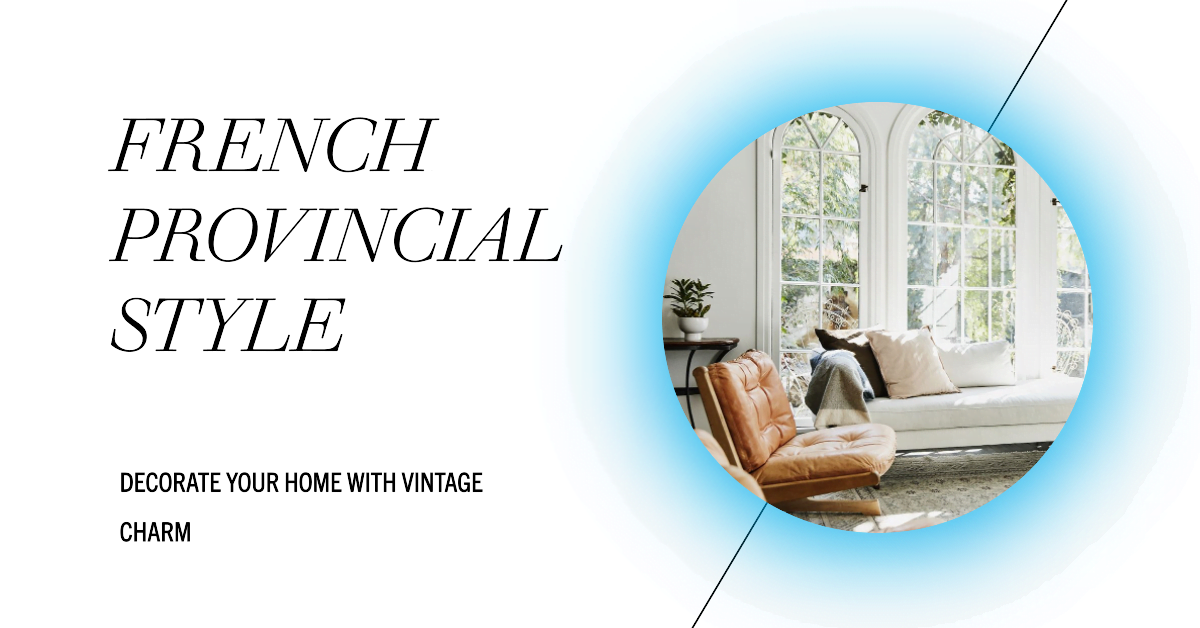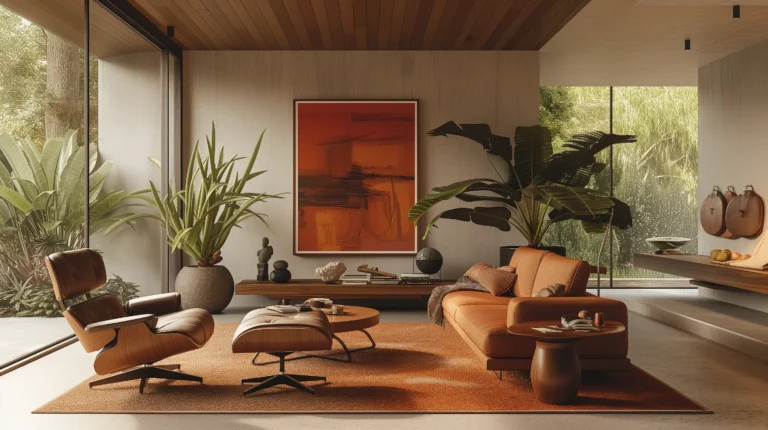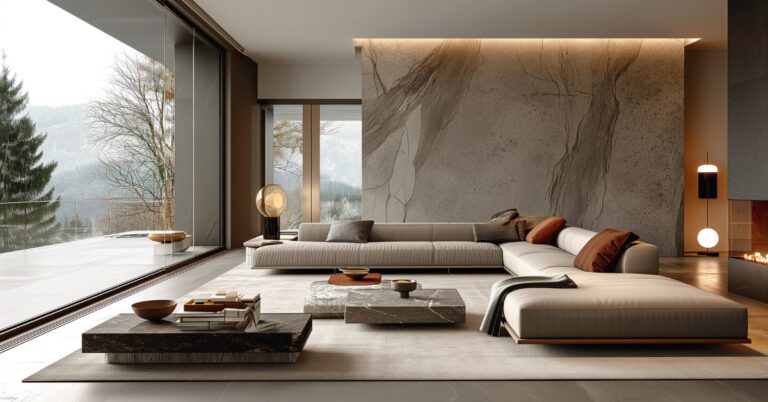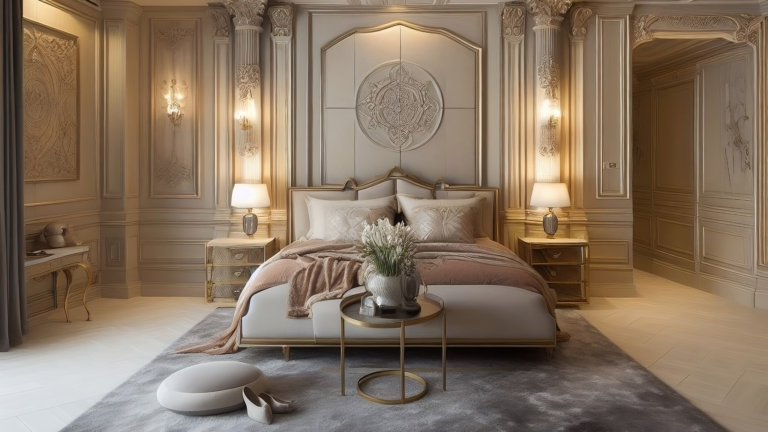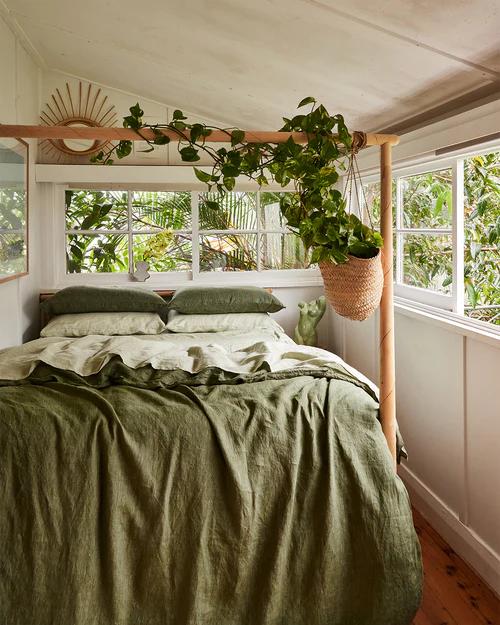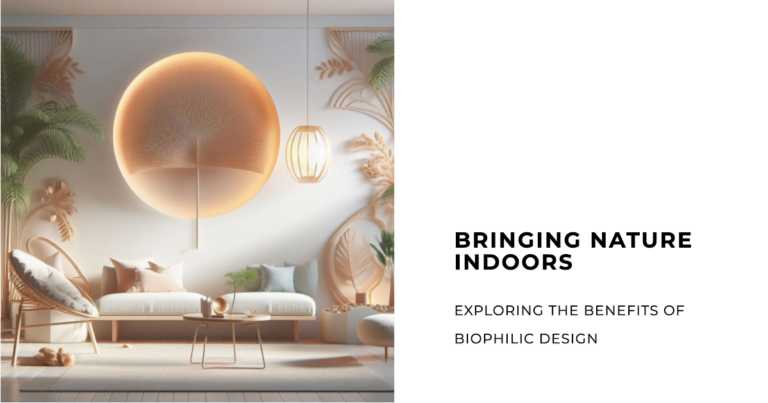Craving a home that whispers elegance without screaming for attention? Welcome to the world of French Provincial Style a timeless blend of rustic charm and refined elegance. Originating from France’s picturesque provinces, this style is your ticket to a home that’s both cozy and chic. Ready to transform your space? Let’s explore How to decorate French provincial style.
What is French provincial style?
French Provincial style is characterized by its balance of form and function, with a focus on natural materials, muted color palettes, and ornate, hand-crafted details. It’s a style that whispers rather than shouts, offering a sense of tranquility and warmth that’s hard to resist. From the sturdy, weathered furniture to the delicate, floral fabrics, every element in a French Provincial home tells a story of tradition, craftsmanship, and a love for the finer things in life.
But why is this style so popular, you ask? Well, it’s all about the feeling it evokes. French Provincial style transports us to a simpler time and place, where life moves at a slower pace and every moment is savored. It’s a style that invites us to sit back, relax, and enjoy the beauty of our surroundings. And in today’s fast-paced, technology-driven world, who wouldn’t want a slice of that?
However, before you embark on your journey to create your own French Provincial haven, it’s crucial to understand the nuances of this style. Decorating in French provincial style is not just about buying the right furniture or painting your walls the right color; it’s about capturing the spirit of French country living and translating it into your own space.
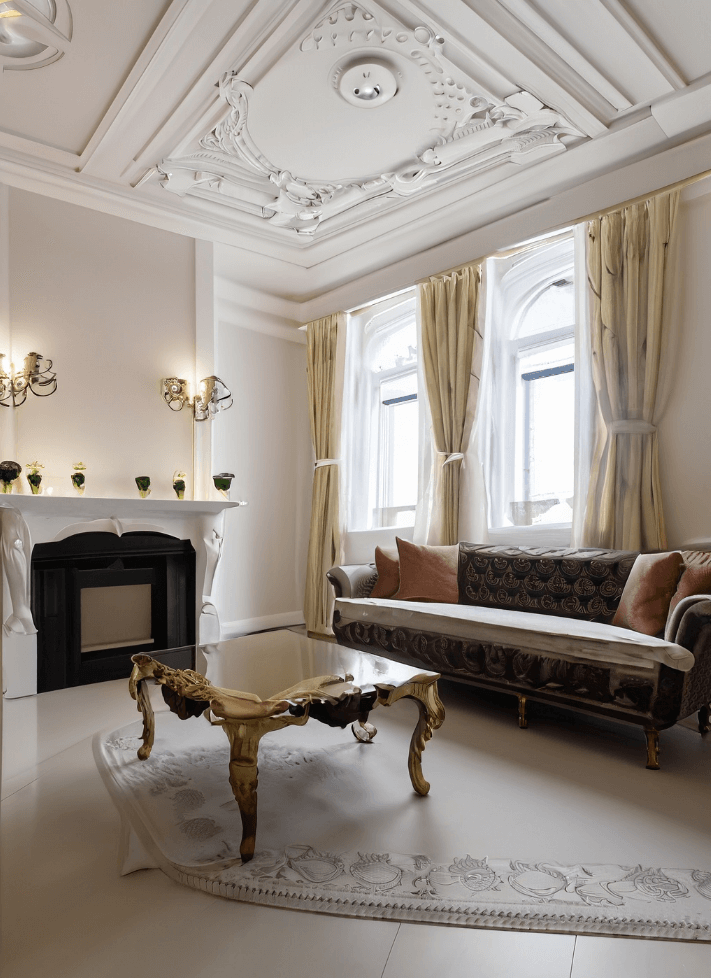
Understanding French Provincial Style
Before you start buying vintage clocks or painting your walls, let’s take a quick history lesson. Knowing the roots of French provincial style will help you nail the look effortlessly. Trust me, it’s worth the two-minute read.
Born in the rural provinces of France like Normandy and Provence, this style was the answer to the more lavish Parisian decor that was popular in the 17th and 18th centuries. The local craftsmen, inspired by the grandeur of city designs but limited by the available resources, created a more practical and modest version that was unique to each province. Over time, these regional variations merged into what we now know as the French Provincial style, a perfect blend of rustic simplicity and understated elegance.
The key elements of French Provincial Style:
Color Palette: The French Provincial color palette is inspired by the countryside, featuring soft, muted hues like creamy whites, dove grays, and earthy tones. Pops of color are introduced through accents in shades of lavender, sunny yellow, or soft blue, reflecting the beautiful landscapes of rural France.
Furniture: French Provincial furniture is known for its sturdy construction and intricate detailing. Crafted from local woods like oak, walnut, or fruitwood, these pieces often feature carved accents, cabriole legs, and a weathered or distressed finish that adds to their charm.
Fabrics: Fabrics play a significant role in this style, adding warmth and texture to the interiors. Expect to see a mix of toile, linen, and cotton in patterns like florals, checks, and stripes. These fabrics are used in everything from upholstery and window treatments to bed linens and tablecloths.
Accessories: Accessories in French Provincial style are often functional as well as decorative. Think rustic pottery, wrought iron accents, vintage clocks, and ornate mirrors. These pieces not only enhance the aesthetic but also tell a story of the home and its inhabitants.
One of the defining characteristics of French Provincial style is its emphasis on balance and symmetry. Whether it’s the arrangement of furniture, the placement of accessories, or the design of the room itself, everything is carefully planned to create a sense of harmony and order. This balance is not rigid or formal but rather a reflection of the natural symmetry found in the French countryside, adding to the relaxed and inviting feel of the style.
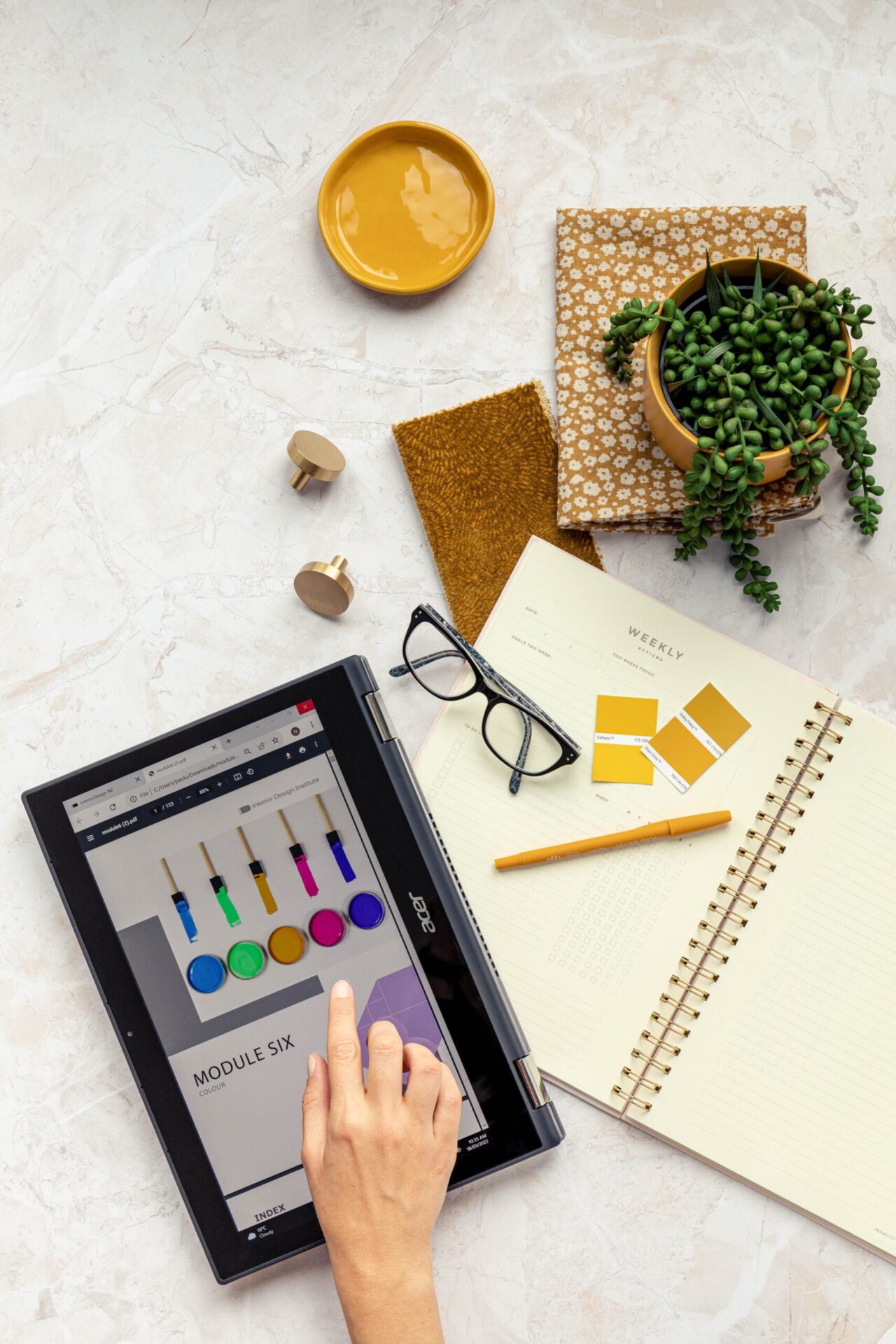
Become a Professional Interior Designer
Ready to unleash your creativity and transform spaces? Enroll in The Interior Design Institute’s course today and start your journey to becoming a professional interior designer.
How to Choose the Right Color Palette
Color plays a pivotal role in French Provincial style, setting the mood and creating the desired atmosphere. The right color palette can transport you to the tranquil French countryside, even if you’re in the heart of a bustling city. So, how do you choose the right colors to achieve that quintessential French Provincial look?
Ready to pick up that paintbrush? Hold on! The French provincial color palette is your first stop. Think rolling fields and rustic farmhouses. Here are some go-to colors:
- Creamy Whites: Perfect for walls and large furniture pieces.
- Dove Grays: Ideal for accent walls and decor items.
- Earthy Tones: Think taupe and beige for your rugs and curtains.
- Pops of Lavender or Soft Blue: Great for throw pillows or small decor items.
Pro Tip: Always test your colors in different lighting before committing. A small swatch can save you a big headache later.
Start with a base of creamy whites and dove grays, which provide a neutral color backdrop for your French Provincial interiors. These colors are versatile and timeless, working well with both traditional and modern elements.
Next, introduce earthy tones like taupe, beige, and sand to add warmth and depth to your space. These colors can be used on larger pieces of furniture, flooring, or walls to create a cozy and inviting atmosphere.
Finally, add pops of color with accents in shades of lavender, soft blue, or sunny yellow. These colors can be incorporated through accessories, fabrics, or smaller pieces of furniture, adding a touch of vibrancy and charm to your interiors.
When combining these colors, aim for a harmonious look that’s pleasing to the eye. Balance the lighter and darker shades, and don’t be afraid to layer different tones of the same color for a more nuanced look. Remember, the goal is to create a space that feels warm, inviting, and distinctly French.
Here are a few tips to help you use color effectively in your French Provincial decor:
Use Natural Light: The French Provincial style is all about creating a light and airy atmosphere. Use natural light to your advantage to bring out the true colors and create a soft, glowing effect.
Test Before You Commit: Colors can look different under different lighting conditions and next to other colors. So, always test a small patch before painting an entire wall or buying a large piece of furniture.
Don’t Forget the Finishing Touches: Small details can make a big difference. Consider the color of your hardware, trim, and other finishing touches, as these can either enhance or detract from your overall color scheme.
By choosing the right color palette, you can create a French Provincial home that’s not just beautiful, but also a true reflection of your personal style.
Selecting French Provincial Furniture
When it comes to French Provincial style, furniture plays a starring role. The right pieces can transport you to a charming French cottage, complete with all the rustic elegance and cozy comfort that come with it. But what exactly defines French Provincial furniture, and how do you choose the right pieces for your home?
Furniture is the backbone of any design style, and in French Provincial, it’s all about sturdy construction and intricate detailing. Here’s a quick checklist for your next shopping trip:
- Wood Types: Look for oak, walnut, or fruitwood.
- Shapes: Go for sturdy, rectangular tables and plush, comfortable sofas.
- Finishes: Weathered or distressed finishes add an authentic touch.
Quick Tip: Balance out vintage pieces with some modern elements to keep your space from looking like a period drama set.
Materials: French Provincial furniture is typically made from local woods like oak, walnut, or fruitwood. These materials lend a rustic charm and durability to the pieces, making them perfect for everyday use.
Shapes: The shapes of French Provincial furniture are a blend of practicality and elegance. Expect to see sturdy, rectangular tables, plush, comfortable sofas, and chairs with graceful, curved lines.
Finishes: The finishes on French Provincial furniture often tell a story of age and use. Look for pieces with a weathered or distressed finish, which adds character and authenticity to the style.
Choosing the right pieces for different rooms in your home can be a fun and rewarding process. Start with the larger, essential pieces like a dining table, a bed, or a sofa. These pieces will set the tone for the room and serve as a focal point. From there, you can add smaller pieces like side tables, armoires, or chairs to complete the look.
When it comes to mixing and matching furniture, the key is to maintain a sense of harmony and balance. While each piece can have its own unique characteristics, they should all contribute to the overall French Provincial aesthetic. Here are a few tips to help you achieve this:
Stick to a Consistent Color palette. This will help create a cohesive look and make it easier to mix and match different pieces.
Balance Old and New: While vintage pieces can add a lot of character to a room, too many can make it feel dated. Balance them with newer pieces for a fresh, modern take on the French Provincial style.
Don’t Be Afraid to Customize: If you find a piece that you love but it doesn’t quite fit the style, don’t be afraid to customize it. A new coat of paint or some new upholstery can work wonders.
Remember, creating a French Provincial home is not about adhering strictly to a set of rules—it’s about creating a space that feels warm, inviting, and distinctly yours.
Fabrics and Textures in French Provincial Style
Fabrics and textures play a crucial role in French Provincial style, adding layers of warmth, comfort, and luxury to the interiors. They’re the elements that invite you to sink into a plush sofa, enjoy a leisurely meal at a linen-draped table, or snuggle into a soft, cozy bed. But how do you choose the right fabrics and textures for your French Provincial home?
When it comes to fabrics, think natural, breathable, and oh-so-touchable. Linen, cotton, and wool are all excellent choices, offering a mix of durability and comfort that’s perfect for everyday living. These fabrics also have a beautiful, natural texture that adds depth and interest to the interiors.
In terms of patterns, French Provincial style favors florals, checks, and stripes. Floral patterns, inspired by the countryside, add a touch of romance and whimsy to the decor. Checks and stripes, on the other hand, offer a more casual, relaxed vibe. These patterns can be mixed and matched for a more eclectic look or used individually for a more streamlined aesthetic.
How to use fabrics and textures in different parts of the house
Living Room: Use fabrics to add comfort and style to your living room. Think linen-covered sofas, cotton throw pillows in various patterns, and a woolen throw for those chilly evenings.
Dining Room: A linen tablecloth can instantly transform your dining table into a French provincial masterpiece. Pair it with cotton napkins and a floral centerpiece for a picture-perfect setting.
Bedroom: Create a cozy, inviting bedroom with a mix of fabrics. A cotton or linen duvet, woolen blankets, and a mix of throw pillows can make your bed look and feel like a cloud.
Bathroom: Even your bathroom can benefit from the right fabrics. A plush cotton bath mat, linen hand towels, and a soft robe can make your daily routine feel like a spa experience.
Remember, the goal is to create a space that’s not just beautiful but also comfortable and inviting. So, don’t be afraid to mix and match different fabrics, textures, and patterns to create your perfect French provincial home.
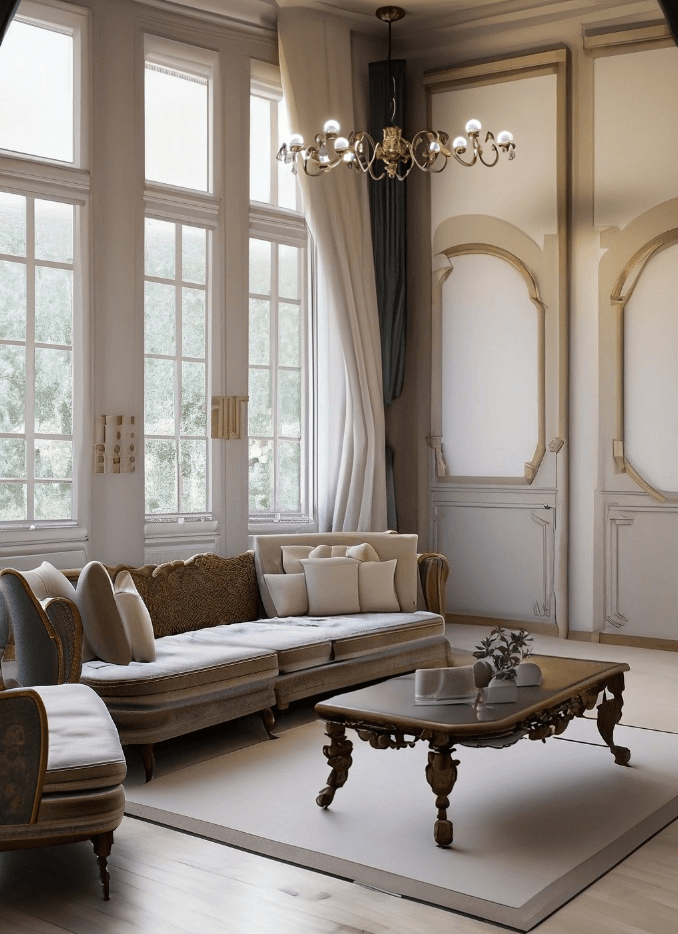
Accessorizing in French Provincial Style
Accessories are the finishing touches that bring a room to life, and in French provincial style, they’re the elements that add character, charm, and a sense of authenticity to the decor. They’re the vintage clocks that tell a story of time, the rustic pottery that adds a touch of countryside charm, and the ornate mirrors that reflect the beauty of the space. But how do you choose and arrange accessories in a way that complements the French provincial style?
When it comes to choosing accessories, think functional, beautiful, and a little bit quirky.
Here are a few types of accessories that work well with this style:
- Rustic Pottery: Handmade pottery pieces, whether it’s a vase, a jug, or a set of plates, can add a rustic charm to your decor.
- Vintage Clocks: A vintage clock can serve as a beautiful focal point in a room, adding a touch of nostalgia and charm.
- Ornate Mirrors: Mirrors with ornate, carved frames can add a sense of elegance and space to any room.
- Wrought Iron Accents: Wrought iron accents, whether it’s a chandelier, a candle holder, or a wall decor, can add a touch of rustic elegance to your decor.
- Textile Accents: Textile accents like throw pillows, rugs, or tapestries can add warmth, texture, and color to your decor.
When arranging accessories, the key is to create a sense of balance and harmony. Here are a few tips to help you do that:
- Group Similar Items Together: Grouping similar items together can create a more cohesive and visually pleasing look.
- Vary Heights and Sizes: Varying the heights and sizes of your accessories can add interest and depth to your decor.
- Don’t Overdo It: While it’s tempting to fill every corner with accessories, sometimes less is more. Leave some space for the eye to rest, and let your key pieces shine.
Remember, the goal is to create a space that feels personal, inviting, and distinctly French. So, don’t be afraid to experiment with different accessories and arrangements until you find the look that feels right for you.
Incorporating Modern Elements
While the French provincial style is steeped in tradition, that doesn’t mean it can’t be updated for the modern home. In fact, blending modern elements with French provincial style can result in a fresh, contemporary look that’s both stylish and comfortable. But how do you strike the right balance between old and new?
The key is to maintain the core elements of French Provincial style—the muted color palette, the sturdy furniture, the natural fabrics—while introducing modern touches that reflect your personal style and meet your contemporary needs. Here are a few ways to do that:
- Modern Furniture: Mix in a few modern furniture pieces with clean lines and sleek finishes. This can create a nice contrast with the more ornate, traditional French provincial pieces.
- Contemporary Art: While traditional art works well with French Provincial style, don’t be afraid to hang a piece of contemporary art on your wall. It can serve as a great conversation starter and add a pop of color and personality to your space.
- Updated Lighting: Swap out the traditional chandelier for a modern pendant or install recessed lighting for a cleaner, more contemporary look.
- Minimalist Decor: French Provincial style is all about comfort and charm, but that doesn’t mean you can’t embrace a bit of minimalism. Keep your decor simple and uncluttered for a fresh, modern feel.
Let’s look at a few examples of successful modern French provincial interiors:
- A living room that pairs a traditional French Provincial sofa with a sleek, modern coffee table and a contemporary piece of abstract art
- A dining room that features a rustic French Provincial dining table surrounded by modern, minimalist chairs and lit by a sleek, industrial-style pendant light
- A bedroom that combines a classic French provincial bed with modern bedside tables, contemporary lighting, and minimalist decor
By blending modern elements with French provincial style, you can create a home that’s comfortable, stylish, and uniquely yours.
Common Mistakes to Avoid
Decorating in French provincial style can be a rewarding experience, but it’s not without its challenges. It’s easy to get carried away with the romantic allure of the style and overlook some key elements. Here are a few common pitfalls to avoid when decorating in French provincial style:
- Overdoing the Rustic Elements: While rustic charm is a key characteristic of French provincial style, too much of it can make your home look dated rather than charming. Balance the rustic elements with some sleek, modern pieces for a fresh, contemporary look.
- Ignoring the Importance of Balance and Symmetry: French Provincial Style is all about balance and symmetry. Whether it’s the arrangement of furniture or the placement of accessories, everything should be carefully planned to create a harmonious look.
- Choosing the Wrong Colors: The French Provincial color palette is soft and muted, inspired by the natural landscapes of rural France. Avoid bright, bold colors that can disrupt the serene, tranquil vibe of the style.
- Neglecting the Importance of Comfort: French Provincial Style is not just about aesthetics—it’s also about comfort. Choose furniture that’s not only beautiful but also comfortable and functional.
- Forgetting to Personalize: While it’s important to stay true to the style, don’t forget to add your personal touch. Incorporate elements that reflect your personality and make your home feel uniquely yours.
By avoiding these common mistakes, you can create a French provincial home that’s not only beautiful but also comfortable, functional, and a true reflection of your personal style.
Conclusion
And there you have it a whirlwind tour of French provincial style! You’re now armed with the know-how to transform your home into a French countryside dream. But remember, the best interior design reflects who you are, so don’t be afraid to add your personal touch.
Thank you for reading. If you enjoyed this article, be sure to check out our article on Japandi Style

